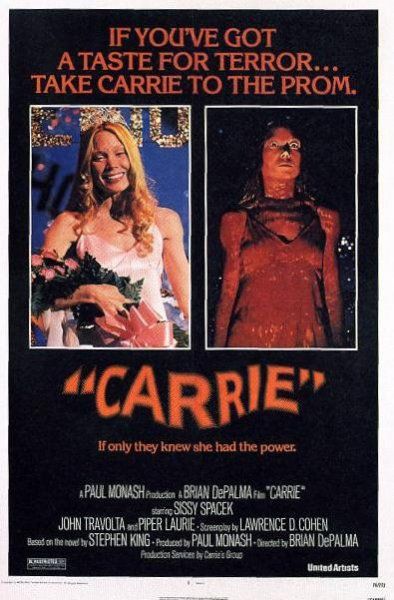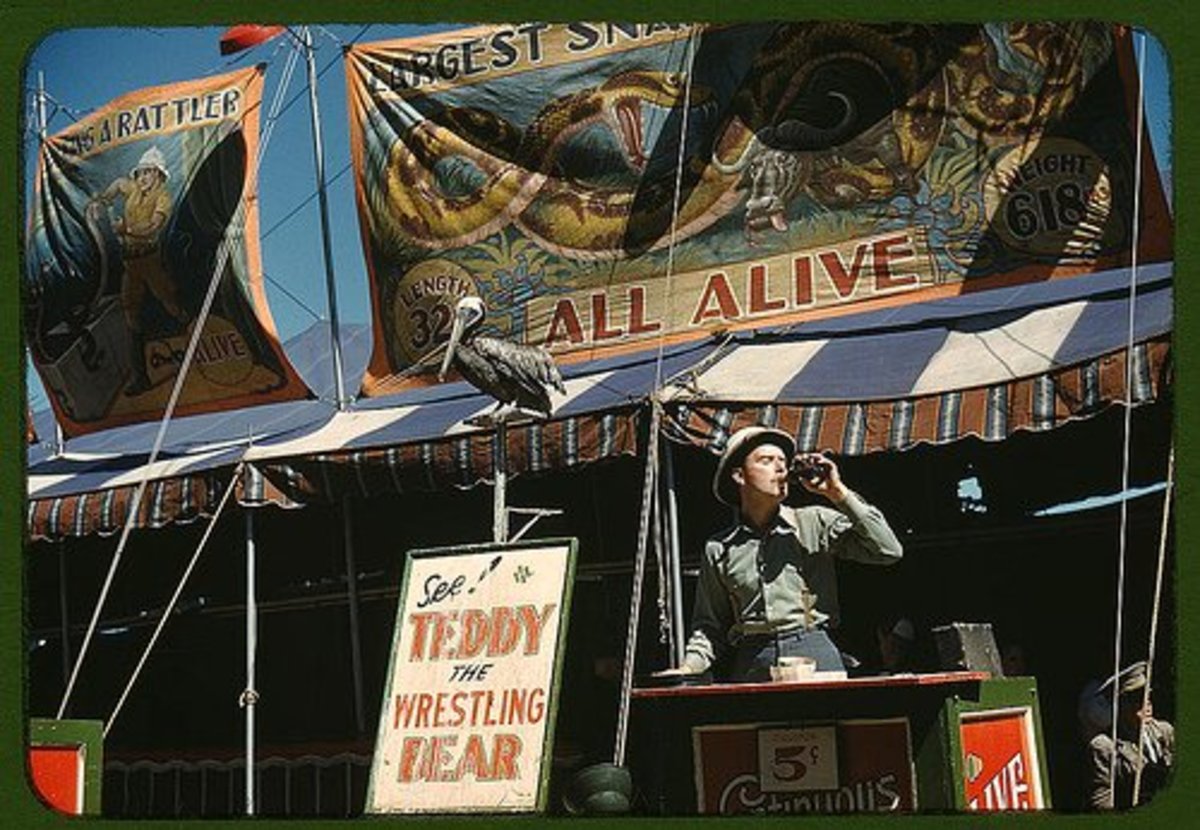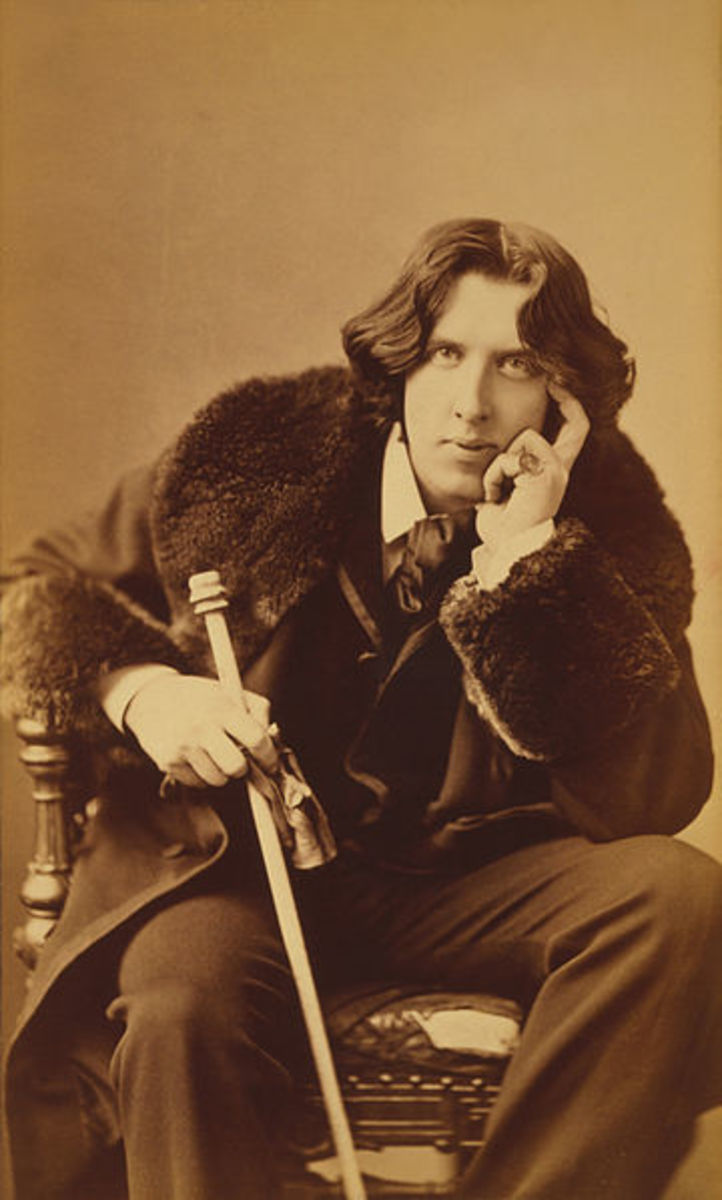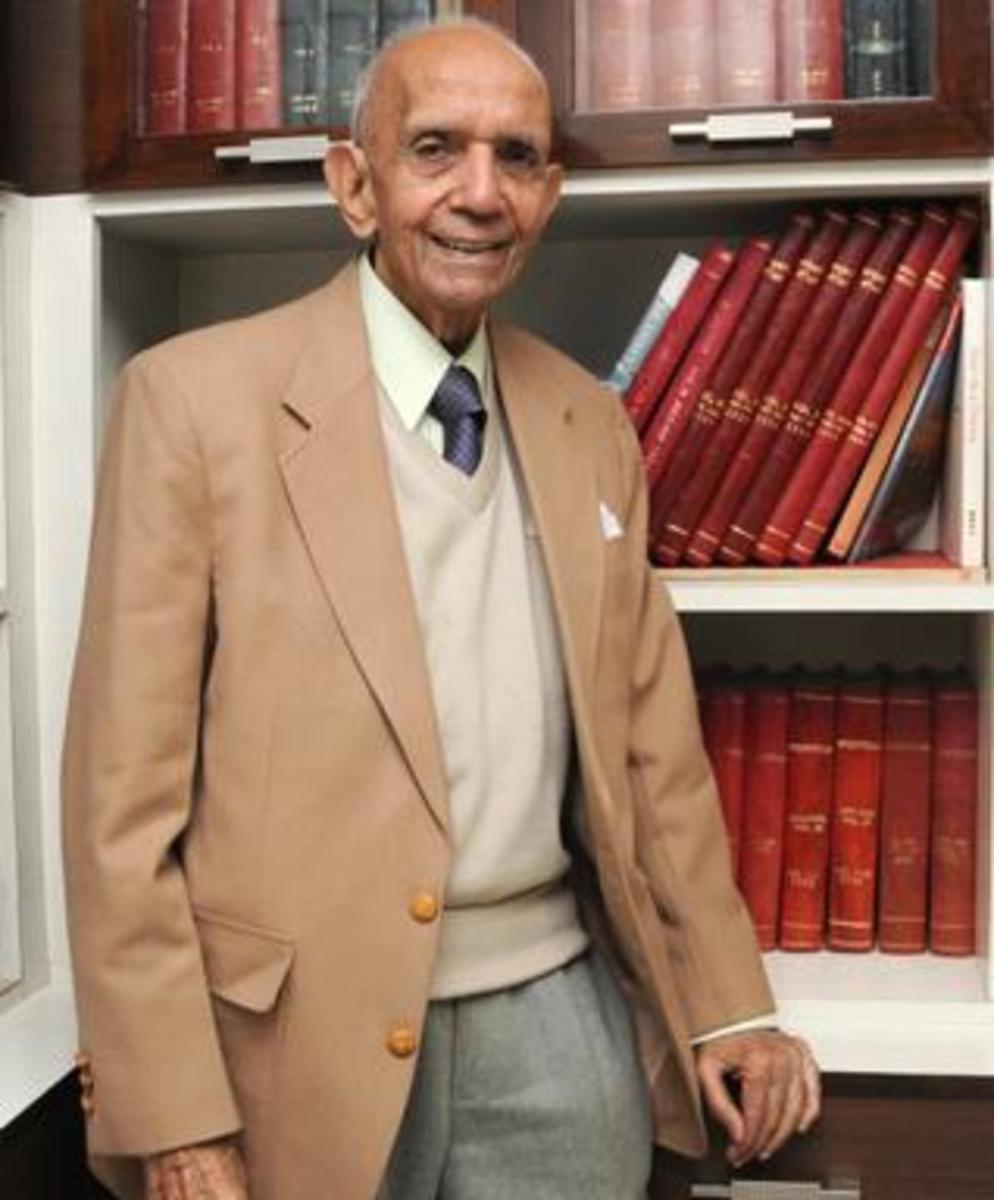Bakhtin on King: A Criticism on Carrie

Mikhail Bakhtin (1895-1975) was a literary theorist at the forefront of the Russian Formalism. Bakhtin’s late study of Rabelais uses his dialogic model, but also expands the theme of the carnivalesque. The tradition of carnival, whose history is traced back to the Roman saturnalia, is described by Bakhtin as abolishing the boundaries between public and private spheres and between performers and spectators, and establishing an inverted order in which fools and outsiders become kings for the day. It offers a mocking challenge to the serious official culture of the Middle Ages and the Renaissance by destroying social hierarchies and making all social strata and all age-groups equal. For Bakhtin, carnival is a re-enactment of the ancient cults of fertility and rebirth; the mocking challenge to authority represents a popular force of renewal that opens the way to a new future. The characteristic features of Rabelais’s fiction – are all explained as reflections of the spirit of the carnival: Rabelais carnivalizes literature and in doing so challenges and demystifies the dogmatic serious culture of his times. In Stephen King’s novel Carrie, there are seeds of Bakhtin’s carnival grotesque that later blossom into Susan Stewart’s grotesque spectacle.
Susan Stewart’s Structure of the Spectacle theorizes a rational model of identity formation. For Stewart, identity is produced by differentiation - establishing ourselves by bracketing ‘others’, and creating a separation of spaces. This is contradictory to Bakhtin’s model; In Stewart’s Structure of the Spectacle, barriers are being built rather than being broken down. It is imperative to note that Stewart’s differentiation begins visual speculation, and ends in a language of persuasion. The self or subject that brackets the ‘others’ views themselves as normal, and views the ‘other’ as grotesque and freakish. As a result, the self or subject further differentiate themselves from the ‘others’ by establishing materialized or non-materialized barriers between them, and reinforcing the security of their identity with the power of language – “I’m not that, I am this!” Essentially for Stewart, we establish our ‘self’ through the creation of the ‘other’ – pinning the specificity and security of our individuality against the fear and terror of becoming the freak.
Bakhtin’s carnival grotesque is evident in the opening pages of Carrie. We are presented with a scene that sets in a girls high school shower room – “The locker room was filled with shouts, echoes, and the subterranean sound of showers splashing on tile… Girls stretched and writhed under the hot water, squalling, flicking water, squirting white bars of soap from hand to hand.” (pp.6-7) the setting of this initial scene represents the carnivalesque ideal that Bakhtin describes in Rabelais and His World. The individual appearance is abolished and blended amongst the group of girls; there is nothing to differentiate one girl from another because they all have female bodies. The shower room removes differentiation barriers, and creates a democratic space (the setting of the scene is already designed to be focused on what everyone shares because the name ‘girls’ shower room implies a commonality of the group that occupies that space). The rowdiness of the group of girls in this passage also follow Bakhtin’s model in a lesser sense; however the behavior of the group of girls become essential on the next page – when passive shouts turn aggressive and mock-laughter begins. Even so, the carnivalesque sharing of feminine nature is evident throughout the entire scene.
The laughter representative of Bakhtin’s carnival grotesque erupts further down on page 6 – “It wasn’t until she [Carrie] stepped out that they saw the blood dripping down her leg.” It is imperative to not overlook that it is period blood discharging naturally from the body, from the place where human life begins, and this is Carrie’s first period. It offers us an ambivalence that fits Bakhtin’s model; spilt blood is a product of pain, and in this scene, Carrie shares a natural pain with all women, and it is an essential pain that all women must experience in order to give life back to the world – without the pain of period, there is no invigoration of new life. Continuing to page 7, the mock-laughter explodes – “PER-iod! It was becoming a chant, an incantation… Plug it up! Plug it up! Plug it up... and the girls were bombarding her with tampon and sanitary napkins… ” This part of Carrie is mostrepresentative of Bakhtin’s carnival grotesque; the chanting, name-calling, the mock-laughter that invigorates the whole group at the expense of an individual, even though they share the same feminine nature. It can be interpreted more or less as a satirized celebration of Carrie’s first period, and a rowdy comical welcoming into a woman’s world (that would normally occur in private, secluded setting). The only part of Bakhtin’s theory that does not quite fit in Carrie’s situation is that Carrie does not fit the ideal ‘catchpole’ type; rather than the carnival group mocking a person of authority and power and bringing them down to the ‘low’ life, Carrie has always been a bullied and deprived child. Nevertheless, Bakhtin’s carnival grotesque is relevant inside Carrie in a curtailed, yet no less effective mode.
These seeds of Bakhtin’s carnival grotesque theory do not blossom fully into Stewart’s Structure of the Spectacle until the latter half of Carrie. On page 171, Carrie is situated in a carnival-like setting, but the emphasis of ‘self’ is established through individuality, rather than community; it is prom night, Carrie is attending with the most popular kid in the school Tommy, she looks ‘beautiful’ and ‘different’ from before, and by Stewart’s model Carrie has become ‘normal’. People are struck with glamour, “girls in dresses with low backs, with scooped bodices showing actual cleavage, with empire waists. Blinding white dinner jackets, cummerbunds, black shoes that had been spit-shined.” And Carrie fit in amongst the glamorous, receiving compliments from peers that previously mocked her in the shower room, asking her “You're positively GLOWING! What’s your SECRET? You look so DIFFERENT. She [Norma] cast an odd, furtive look at Carrie’s face and it made her feel nervous.”(Perhaps Norma’s anxiety stems from the dissolving of Carrie’s freakish ‘frame’ that was so solidified to Carrie’s identity, and now she must allow Carrie to enter the shared carnival space of the normal, beautiful people). Essentially, Carrie is amongst the crowds of ‘normal’ people without feeling the tension of being bracketed out. However, when Carrie and Tommy win the popular vote for Prom King and Prom Queen, a nasty prank is played that creates a physical barrier between them and the rest of the attendants, and a bracketing of the ‘other’ frames them into grotesque freaks.
“They were ushered up to the steps of the apron, led across to the thrones, and seated. Still the applause swelled. The sarcasm in it was lost now; it was honest and deep, a little frightening.” However, after taking their seats on stage (acting as a physical barrier that seperates the ‘others’ from the crowd of people) and during the school alma-mater –“it all happened so quickly that no one really knew what was happening… All at once there was a huge splash in the air… I knew it right away, even before it hit them, that it was blood… They were drenched. Carrie got it the worse… They all started laughing. I [Susan Snell] did too. We couldn’t help it. It was one of those things where you laugh or go crazy.” This is scene is representative of Stewart’s Structure of the Spectacle because a new barrier was built out of the differentiation of identity. Carrie was separated by a stage, a throne, a newborn status, and dragged down (this is where Bakhtin’s theory is fully reached because at this point she is a person of the ‘high’, even though it is so momentary) and she becomes the grotesque freak again when the bucket of pig blood drops on her head, inking her in red. Laughter erupts out of the newly formed bracket because the prom-goers can normalize or solidify their individual identity by visually differentiating themselves from Carrie and Tommy; the language of persuasion aspect of Stewart’s theory is embodied through the laughter that explodes – it is the mode in which the entire carnival of prom-goers imply “We’re not that, we’re this!” without actually saying it verbatim. According to Stewart, the spectators (prom-goers) are establishing their identity through the creation of the ‘other’ (Carrie being pranked), and laughter and separation aid to the security of their establishing ‘self’ from becoming enveloped by the fear, terror, and the ‘others’ freakishness.
Bakhtin’s carnival grotesque and Stewart’s Structure of the Spectacle are two models that can be applied to Stephen King’s Carrie. Also, these are only two instances of these models evident throughout the novel; other sections of the story have been excluded from this paper for timely, practical reasons. For further study, one may wish to examine the extent to which Eric Lott’s White Like Me plays in Carrie concerning how the grotesque models mesh with the imitation of black culture during the prank scene - “When she [Carrie] opened her eyes, it looked like one of those old-time Negro minstrels with the blackface and great big white eyes.” (pp. 199).






